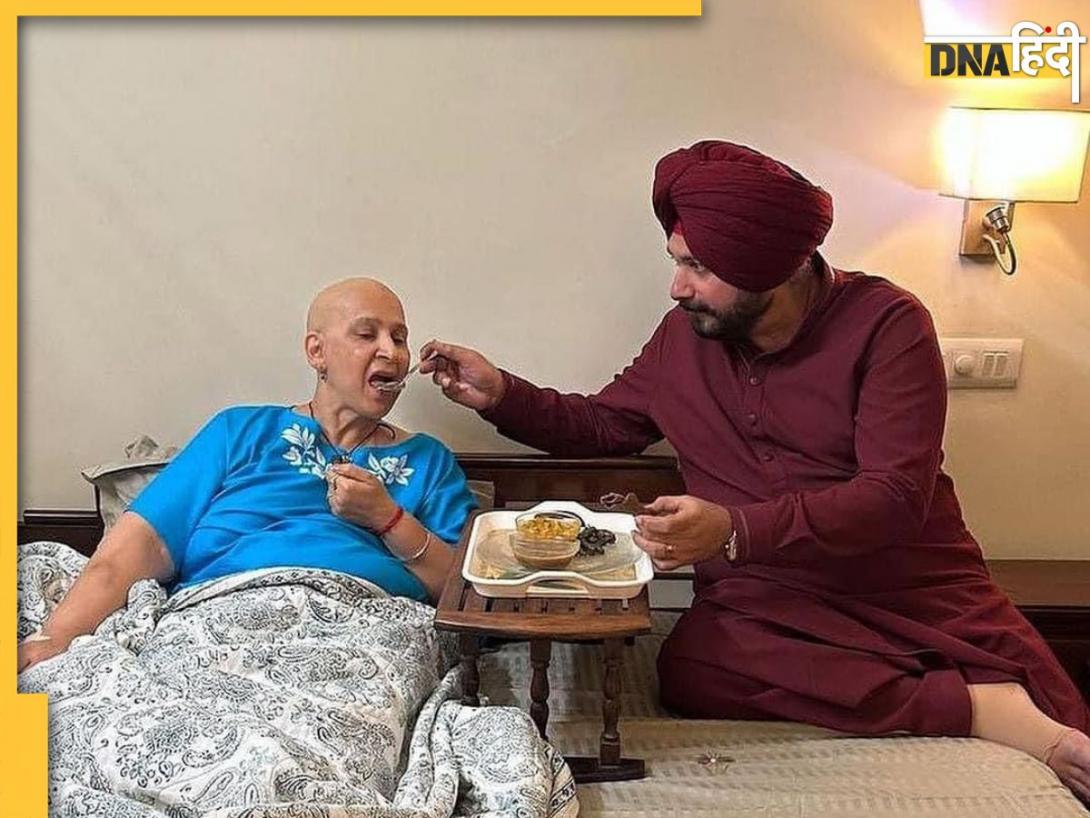- LATEST
- WEBSTORY
- TRENDING
HEALTH
WHO confirms outbreak of Marburg virus in Equatorial Guinea: Know all about disease, symptoms, cure, how it's spread
In a press statement, WHO said that Equatorial Guinea confirmed its first-ever outbreak on Monday (local time) after the nine people's samples turned out positive for the Marburg virus disease.
TRENDING NOW
The World Health Organization (WHO) has said that close to 9 people are dead in Equatorial Guinea from the "outbreak" of the Marburg virus, which causes hemorrhagic fever and is similar to Ebola.
In a press statement, WHO said that Equatorial Guinea confirmed its first-ever outbreak on Monday (local time) after the nine people's samples turned out positive for the Marburg virus disease.
What is Marburg disease?
According to the WHO, the Marburg virus disease is a highly virulent disease with a fatality ratio of up to 88 percent. It is in the same family as the virus that causes Ebola virus disease. Illness caused by the Marburg virus begins abruptly, with high fever, severe headache, and severe malaise. Many patients developed severe hemorrhagic symptoms within seven days.
It was first reported in 1967 in a town called Marburg in Germany and in Belgrade, Yugoslavia (now Serbia). There were simultaneous outbreaks in both cities. It came from monkeys imported from Uganda for laboratory studies in Marburg.
How is it spread?
The virus is transmitted to people from fruit bats and spreads among humans through direct contact with the bodily fluids of infected people, surfaces, and materials.
Marburg disease: Symptoms
After an incubation period of between 2 to 21 days, there is a sudden onset of the disease marked by fever, chills, headache, and myalgia.
Around the fifth day, maculopapular rash, most prominent on the trunk (chest, back, stomach), may appear. Nausea, vomiting, chest pain, a sore throat, abdominal pain, and diarrhea may appear. Symptoms become increasingly severe and can include jaundice, inflammation of the pancreas, severe weight loss, delirium, shock, liver failure, massive hemorrhaging, and multi-organ dysfunction.
Is there any treatment?
Till now, there are no vaccines or treatments found to treat the virus, however, there is supportive care that can improve the survival chances. A range of potential treatments, including blood products, immune therapies, and drug therapies, as well as candidate vaccines with phase 1 data are being evaluated.







)
)
)
)
)
)
)
)
)
)
)
)
)
)
)
)





























































